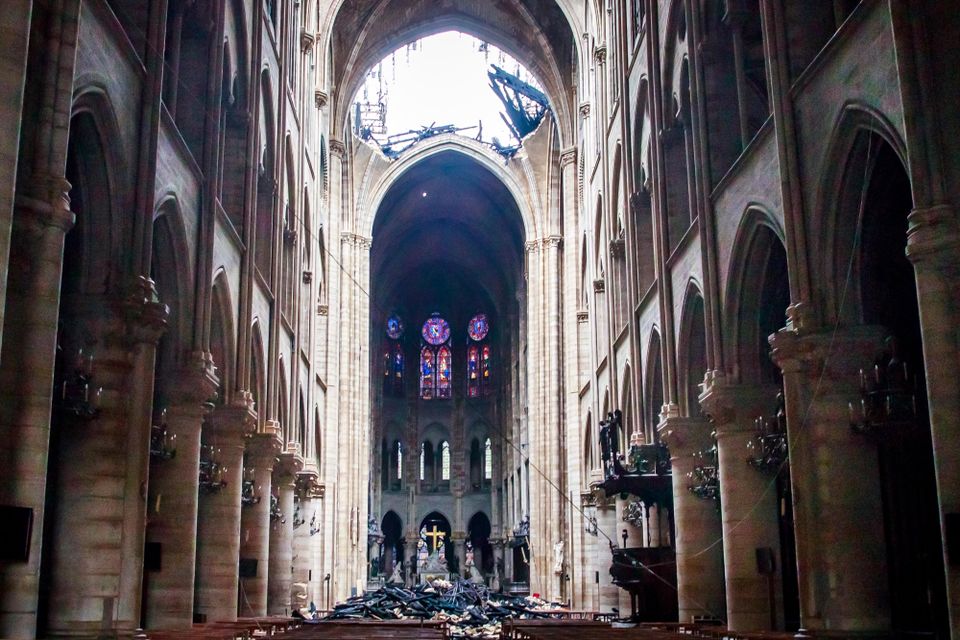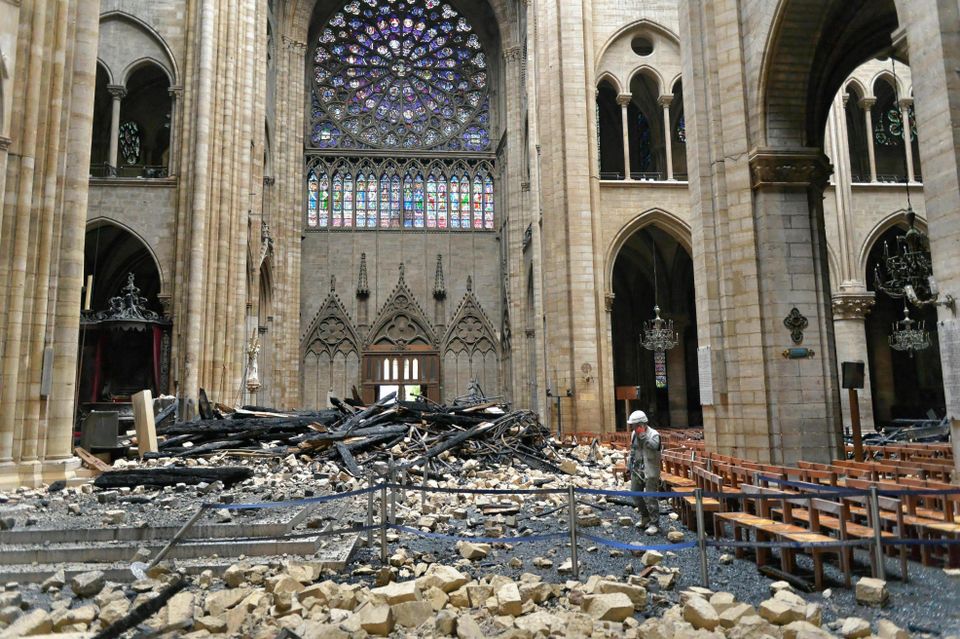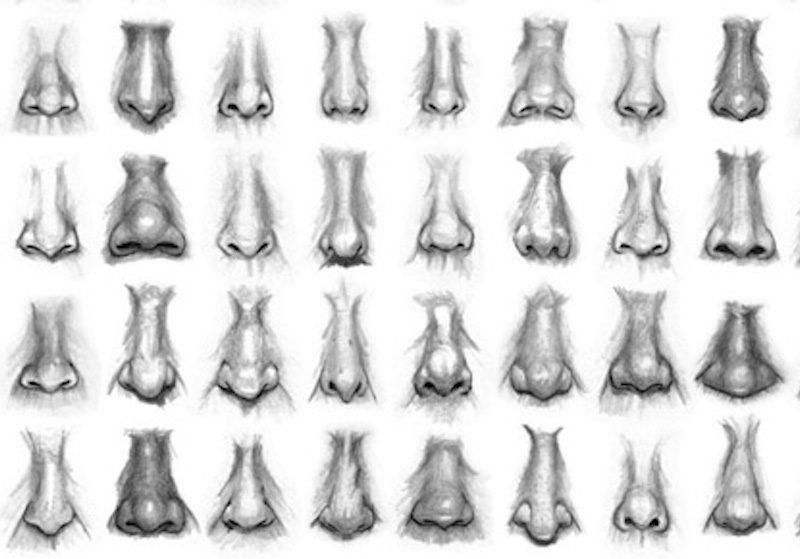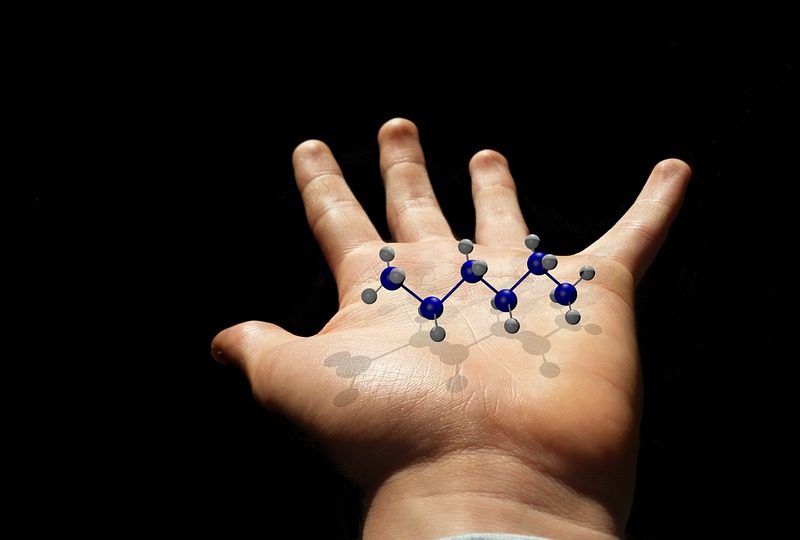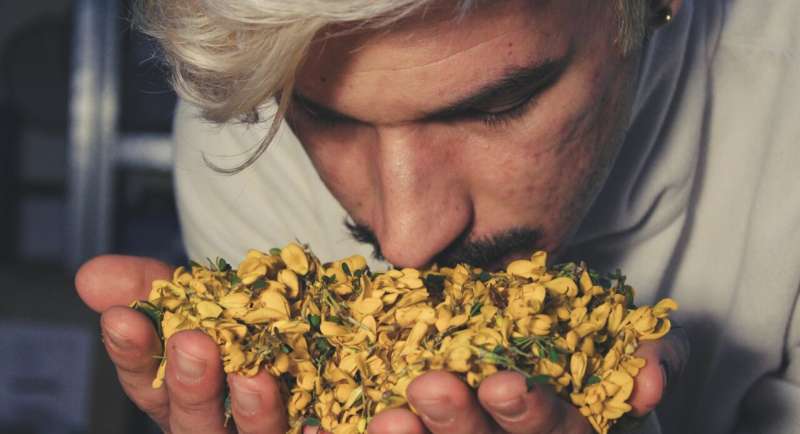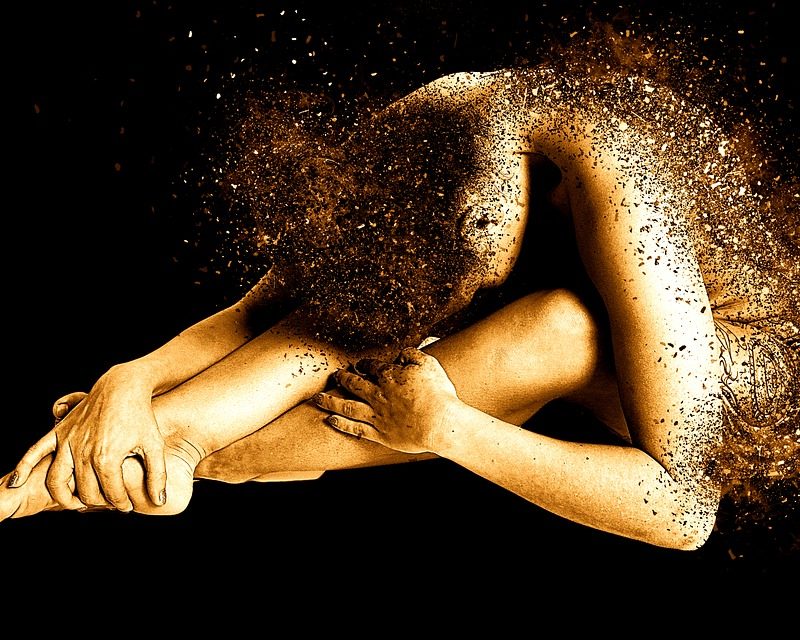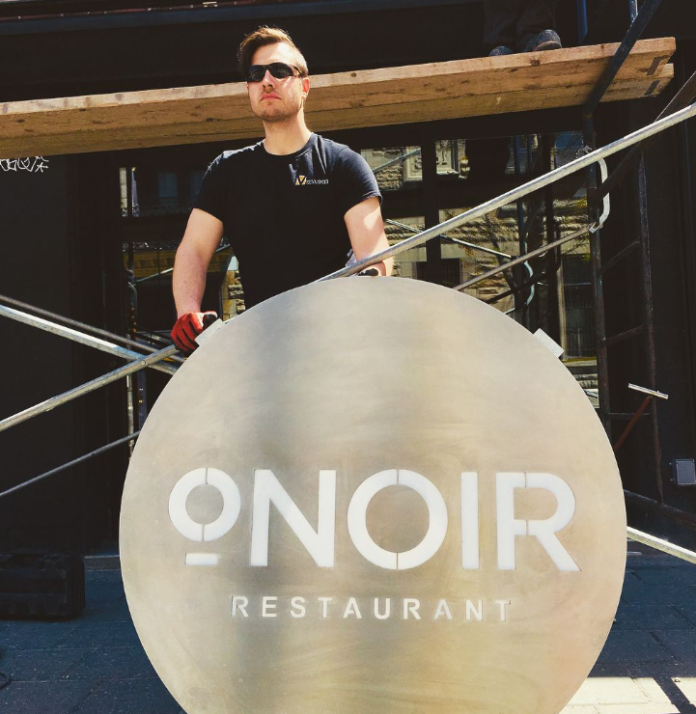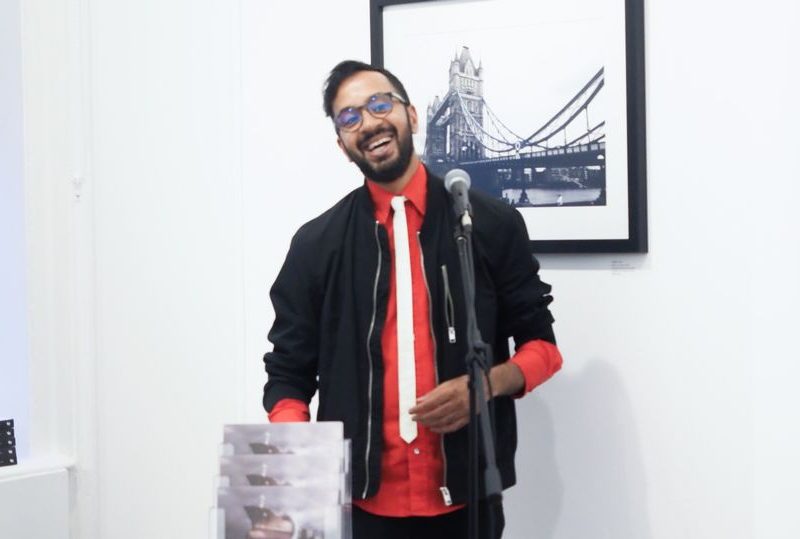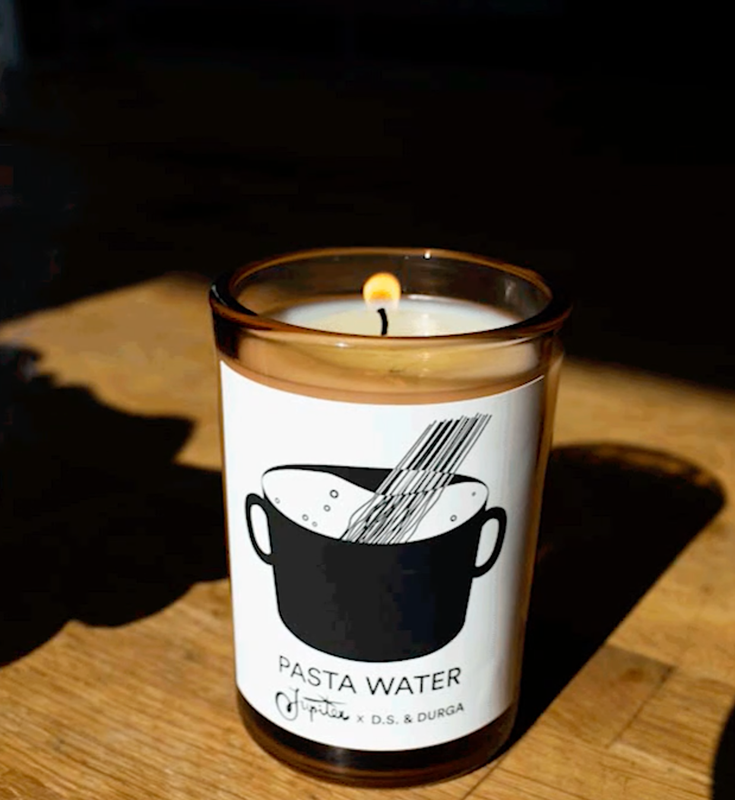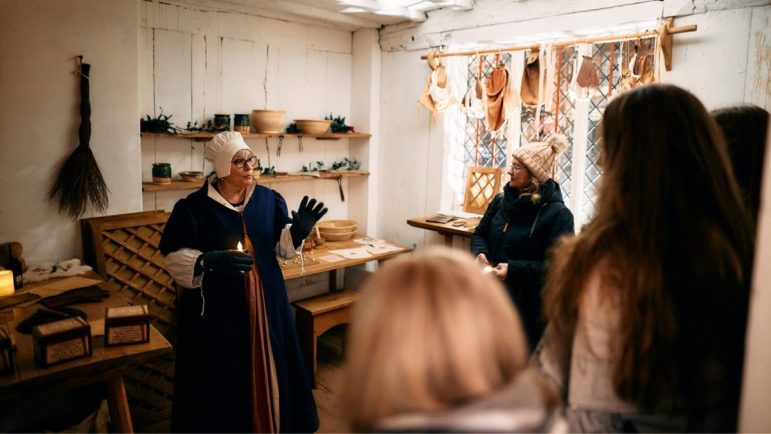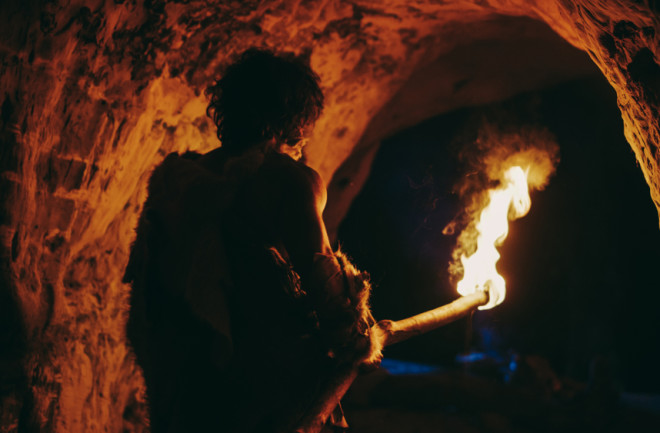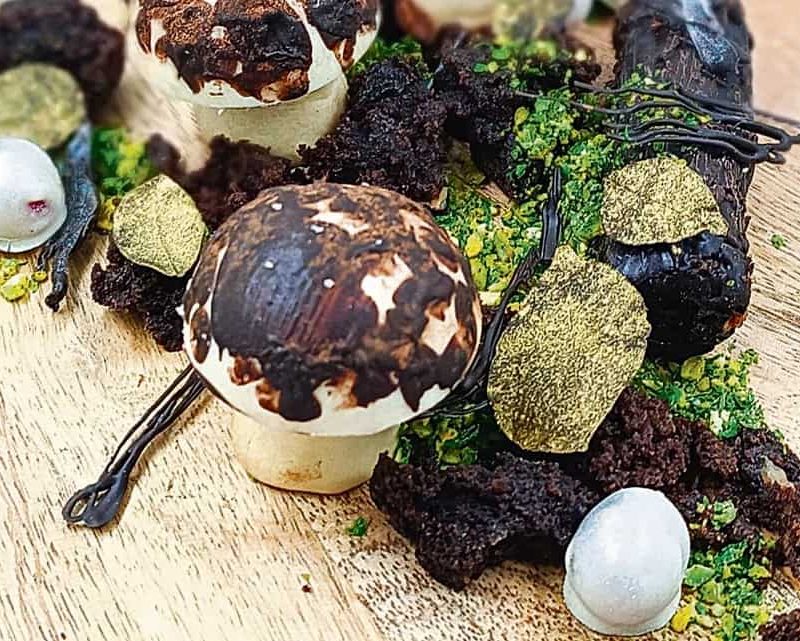Although few ever saw the majestic timbers of the roof, their odor was as important as the stained glass and the spire in the aesthetic experience of Notre Dame© Christophe Petit Tesson, Pool via AP
One of my students started crying in class. I asked her what was wrong, and she sobbed, “Notre Dame is burning.” There was a pause, as if everyone had stopped breathing. “It’s OK to cry,” I said. We spent the rest of the time talking, sometimes crying, feeling the same impotence and sadness as thousands if not millions of people around the world felt as we watched the fire ravage Notre Dame. How we respond to Notre Dame says a lot about what we want, what we need from it, individually and collectively. It also says a lot about what we think is real in our culture.
I, for one, want to smell Notre Dame, because its smell, unique in the world, is what made it real for me, and for Proust before me. In Death Comes to the Cathedrals, Proust’s 1904 preservation manifesto, he accused the French government, and in particular Émile Combes—the minister of public instruction and cults of the Third Republic, an atheist and militant anti-clericalist—of attempting to kill cathedrals by forcibly removing their priests, and by extension their parishioners. Without the clergy and the parishioners “within their walls in a mist of perfume and a drone of chants,” Proust wrote, the cathedrals would be turned into dumb stones, “alienated from their purpose, monuments, now unintelligible, of an unremembered creed”.
I imagine it smells of charred oak, molten lead, calcinated limestone and burnt dust.
Proust was describing what we now call heritage, a social process of making and remaking culture by interacting in and with sites and objects inherited from previous generations. Despite Proust’s version of J’accuse, the Law on the Separation of Churches and State withdrew all state subsidies to churches in 1905 but attempted to appease enraged Catholics by recasting the clergy into privately financed “cultic associations” and granting them the right to exercise their rituals in government-owned historic churches. The solution to the state’s defunding heritage was private philanthropy—Plus ça change, plus c’est la même chose.
I also want to smell Notre Dame right now, because to smell it today is to become aware of the real situation, however unpleasant. I imagine it smells of charred wood, molten lead, calcinated limestone and burnt dust. I want to smell it so I will never forget the fragrance of losing one of the oldest oak roofs remaining in the world. Some of the timber is estimated to date back to the eighth-century forests, cut down and installed at Notre Dame between 1160 and 1170, and then saved and re-used when the roof was reframed in 1220. Although few ever saw these majestic timbers, their odor was a key ingredient in the fragrance that every visitor experienced at Notre Dame. The timbers were as important as the stained glass and the spire in the aesthetic experience of Notre Dame.
It is very difficult to source 400-year-old oak trees. So, Notre Dame with a new roof will smell very differently. The French say Je ne le sens pas (I can’t smell him) when they don’t trust someone. English speakers say that something doesn’t smell right, when a situation appears false or illegitimate. Smell cues us to the veracity of the situation or the interaction in which we find ourselves.
Our responses to heritage are a form of social interaction in which we demonstrate to each other what we think is real and valuable in culture. I might pay attention to the smell of Notre Dame. But a child who pays no attention to Notre Dame is telling his parents that for him, it does not exist, and more importantly, that he does not need it to exist, because the world for a child is his parents. But as we grow, so does our need for a larger social world beyond the family, and this means we need ways to demonstrate our commitments to each other.
In capitalist terms, philanthropy has functioned as a costly demonstration of the individual’s bona fide cultural credentials.
And so a rich man who publicly declares he will pay for heritage is on the one hand acknowledging that others of lesser means consider this heritage important to their group identity, and demonstrating his commitment, his belonging to those people, to that imagined community, to being, for instance, a patriot. In evolutionary terms, Darwin would call this a “costly display” that proves the individual is trustworthy enough to belong to the group, or even to mate with. In religious terms, public self-sacrifice has this same social function. In capitalist terms, philanthropy has functioned as a costly demonstration of the individual’s bona fide cultural credentials.
So what are we to make, in political terms, of the French government’s response to the burning of Notre Dame? Two days after the conflagration, while the cinders were still hot, Prime Minister Édouard Philippe rushed to announce a two-pronged response: First, he encouraged all French people to become philanthropists by raising the tax-deductible percentage on donations for Notre Dame to 75% below €1,000, and 66% above €1,000. Second, he announced an architectural competition to replace the fallen spire. Both of these are old ideas that are out of sync with the reality of what heritage is in our times. Heritage is a social process, not a product.
The first idea continues the trend to defund heritage, from which Notre Dame was suffering to begin with, and lets the private market of philanthropy decide what heritage site to fund. This idea construes heritage sites as cultural commodities that philanthropists chose between. Invariably, the sites that get the most global attention will attract the most global capital. This concentrates capital on the most famous sites, especially those in rich cities like Paris, and leaves the rest to fall to ruin. The French gilets jaunes demonstrating on the streets are from outside Paris, from the banlieues and the provinces. Their heritage matters to them, but no oligarch is going to donate €100m to restore a medieval church where they live. The state has to step up to its responsibility to organise and redistribute investment in heritage everywhere that matters. Instead of thinking narrowly and restricting the vast philanthropic donations being raised to Notre Dame only, the government should use this opportunity to create a new paradigm for funding heritage where it matters to the people remaking France and Europe today, and they don’t all live intra muros.
The fact that the fire started in the very place where preservation work was being carried out is a sobering reminder of the risks that go with preservation. NPR quoted an expert as saying that 90% of fires at French heritage sites are caused by preservation work. Underfunding heritage, cutting corners, reducing staff, slashing budgets and other such government strategies of the last two decades have consequences. The problem is systemic, and the responsibility is with those in power, not with the poor workmen on the scaffold.
The second idea, to do an international architectural competition, reflects a top-down paternalistic approach, focused on the final product, that is completely at odds with the fact that heritage is a bottom-up social process through which we make and remake our society. Preserving heritage requires and involves the careful listening of professionals with skills that range from psychology to community organising, from ancient building skills to the most advanced digital technologies and so much more.
If you thought the fire was bad, wait for the damage from the spire that will come out of the competition.
The government is wielding a very macho instrument: a blunt idea about building a new spire—yes, a phallus. To call for an international competition for all unqualified architects to design a spire above one of the rarest of the world’s ancient masonry buildings is like deciding on brain surgery by holding a competition among general practitioners and family doctors. If you thought the fire was bad, wait for the damage from the spire that will come out of the competition.
Solving the rebuilding and preservation of Notre Dame is one of the greatest architectural challenges of the 21st century. Rather than relying on a 19th-century process—a competition to hand out a project to a one-man show to make a fetish object—the French government would be well served to create an environment conducive to true collaborative problem-solving. That process, by the way, which involves humility, is also how successful brain surgery happens.
We have an opportunity to imaginatively embrace the potential of heritage as a social process to help us re-imagine who we are today and our aspirations for the future. Politicians should listen to and empower a group of qualified experts from all parts of the world to understand the problems and opportunities that Notre Dame presents, to help organise and consult with the interested public, worshippers, religious leaders and tourists about what they need, and especially ask children and young adults what they need, because this is for them as well.
It is a slow and arduous process, not bound by election cycles. But then again, that long-term thinking is what heritage, and especially so-called World Heritage, challenges our near-sighted self-interested nature to think about. Heritage has changed in scale and scope since the 19th century. It is no longer just about spires. It is also about the air we breathe, which is no longer natural but man-made, polluted, and does not smell right.
Those of us who are governed need to pay more attention to how those who govern us respond through heritage, and to pressure them to act according to our pressing needs. If those who govern listen, they might find that the smell of Notre Dame turns out to be more important to people than spending money on an ill-conceived competition.
Jorge Otero-Pailos is an artist, preservation architect, professor and director of historic preservation at Columbia University’s Graduate School of Architecture, Planning and Preservation in New York.
Source: In Notre Dame, we find a heritage that invites us to breathe and reflect

